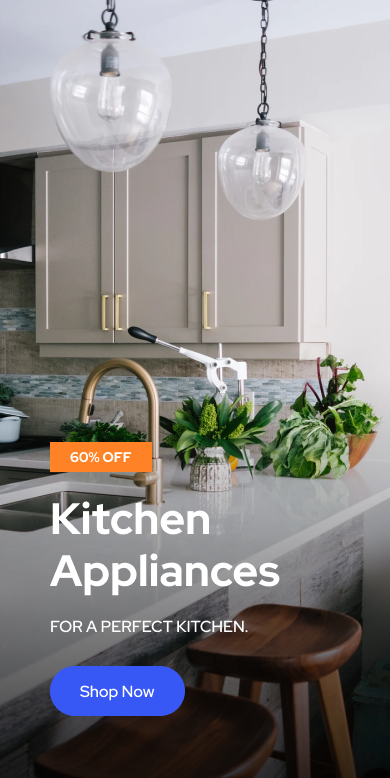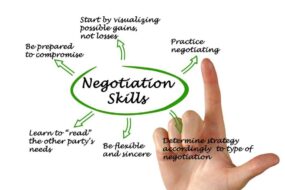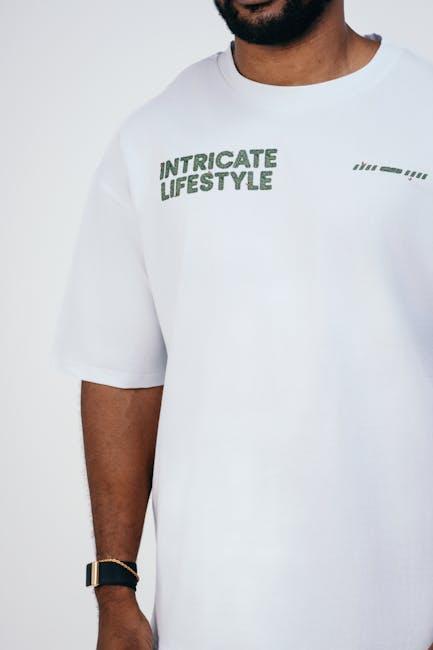
In a world overflowing with information and visual stimuli, the quest for clarity and impact has never been more crucial. Minimalist Mastery: Enhancing Design Through Simplicity delves into the art of stripping away the superfluous to reveal the essence of effective design. This exploration uncovers how embracing minimalism not only elevates aesthetics but also fosters intuitive user experiences and meaningful connections. By balancing form and function with restraint, designers can craft spaces, products, and interfaces that resonate with authenticity and purpose.Join us as we navigate the principles and practices that transform simplicity into a powerful tool for remarkable design.
Table of Contents
- The Principles of Minimalist Design Embracing Less for Greater impact
- Streamlining Color Palettes Choosing the Perfect Hues for Simplicity
- Typography in Minimalism Selecting Fonts that Speak Volumes with Minimal Strokes
- creating Space Mastering White Space to Enhance Clarity and Focus
- Functional Elements Integrating Purposeful Features without Clutter
- Minimalist Layout Strategies Achieving Balance and Harmony in Design
- Closing Remarks
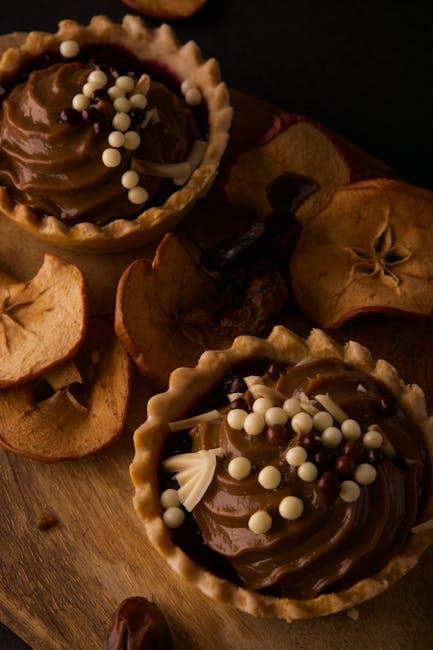
The Principles of Minimalist Design Embracing Less for Greater Impact
The Principles of Minimalist Design: Embracing Less for Greater Impact
Minimalist design transcends mere aesthetic simplicity; it embodies a thoughtful approach to creating spaces and products that are both elegant and functional. By focusing on the essential, minimalist design eliminates clutter, allowing each element to make a deliberate statement. this clarity not only enhances visual appeal but also improves user experience by making interactions intuitive and seamless.At the heart of minimalist design are several core principles that guide the creative process. Clean lines and geometric forms form the structural backbone, while a restrained color palette ensures a harmonious and calming environment.Typography plays a pivotal role,with simple,sans-serif fonts enhancing readability and complementing the overall design. Additionally, the strategic use of negative space creates a sense of balance and highlights key components, making the design feel open and inviting.To encapsulate these principles, consider the following table:
| Principle | Description |
|——————|————————————————–|
| Simplicity | Focus on essential elements only |
| functionality| Every component serves a practical purpose |
| Clean Lines | Use of straight, uncluttered lines for structure |
| Neutral Palette | Employ a limited, soothing color scheme |
| Negative Space | Incorporate empty areas to enhance focus |
Embracing these principles allows designers to create works that are not only visually stunning but also profoundly impactful. Minimalist design proves that less truly can be more,offering a timeless elegance that resonates with both creators and audiences alike.
Streamlining Color Palettes Choosing the Perfect hues for Simplicity
Streamlining Color Palettes: Choosing the Perfect Hues for Simplicity
in minimalist design, the power lies in restraint. Selecting the right color palette is essential to achieving a clean and harmonious look. by limiting the number of hues, designers can create spaces and visuals that are both elegant and functional. The key is to choose colors that complement each other and enhance the overall simplicity of the design.
A streamlined color palette typically revolves around neutral tones, with subtle accents to add depth and interest. Whites, blacks, grays, and beiges serve as the foundation, providing a versatile base that allows other elements to shine. Introducing one or two accent colors can invigorate the design without overwhelming it, maintaining a balance between simplicity and vibrancy.Below is a table showcasing three curated minimalist palettes,each designed to evoke a distinct mood while adhering to the principles of simplicity:
| Palette Name | Primary Hue | Secondary Hue | Accent Color |
|—————-|————-|—————|————–|
| Serene Slate | Soft Gray | Charcoal | Teal |
| Warm Whisper | Ivory | Taupe | Mustard |
| Cool Calm | Crisp White | Light Blue | Coral |
Each palette offers a unique combination that can be tailored to various design needs,ensuring that simplicity does not come at the expense of style. By thoughtfully selecting colors that work in harmony, minimalist designs can achieve both aesthetic appeal and functional clarity.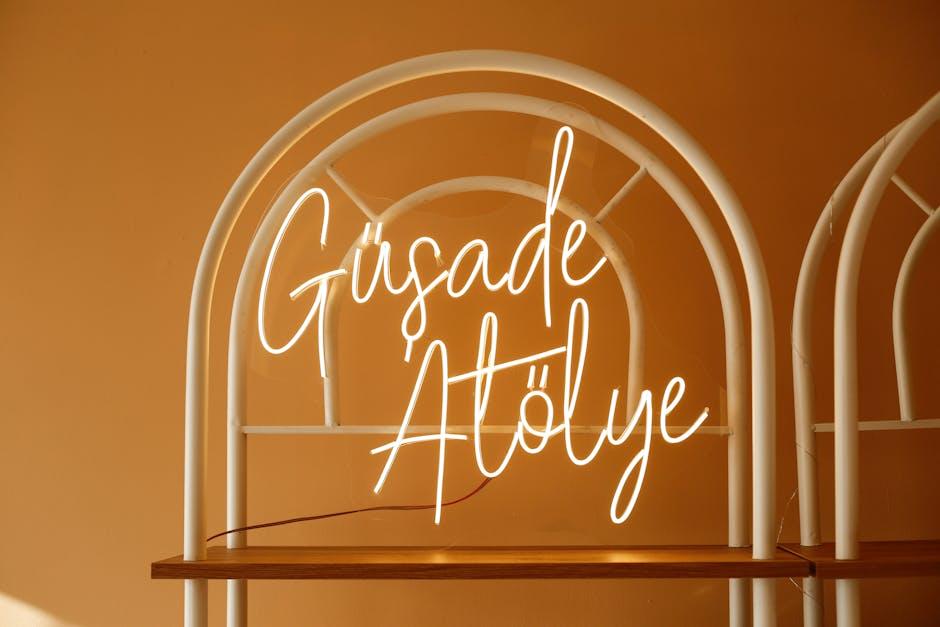
Typography in Minimalism selecting fonts that Speak Volumes with Minimal Strokes
Typography in Minimalism: Selecting Fonts that Speak Volumes with Minimal Strokes
In the realm of minimalist design, typography plays a pivotal role in conveying messages with clarity and elegance. Choosing the right font is not merely about aesthetics; it’s about selecting a typeface that embodies simplicity while enhancing readability and emotional impact. Minimalist fonts, characterized by their clean lines and restrained ornamentation, serve as the backbone of designs that seek to communicate effectively without unnecessary embellishments.
When selecting fonts for minimalist projects, consider the balance between form and function. Sans-serif fonts often lead the charge in minimalism due to their straightforward appearance and versatility. However, the true mastery lies in understanding the subtle nuances that differentiate one minimalist font from another. Factors such as weight, spacing, and proportion can significantly influence how a font interacts with other design elements, ensuring that the typography complements rather than competes within the layout.
| Font Name | Style | Best For |
|—————|——————–|—————————–|
| Helvetica | Sans-serif | Corporate branding |
| avenir | Geometric sans-serif| Modern websites |
| Futura | Classic geometric | Editorial layouts |
| Montserrat | Urban sans-serif | Digital interfaces |
| Lato | Humanist sans-serif | Mobile applications |
By thoughtfully selecting fonts from this curated list, designers can harness the power of minimalism to create stunning visuals that are both impactful and understated. Each typeface offers a unique blend of simplicity and character, allowing for versatility across various design mediums. Embracing minimalistic typography not only streamlines the visual experience but also elevates the overall aesthetic, proving that sometimes, less truly is more.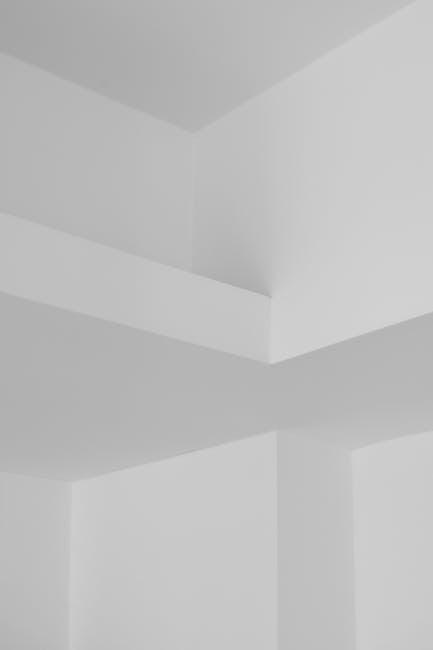
Creating Space Mastering White Space to Enhance Clarity and Focus
Creating Space: Mastering White Space to Enhance Clarity and Focus
In the realm of minimalist design, white space—or negative space—is not merely the absence of content but a powerful tool that shapes user experience. By strategically incorporating white space, designers can guide the viewer’s eye, highlight essential elements, and create a sense of balance that fosters clarity. This deliberate use of space allows each component to breathe, reducing cognitive load and making information more digestible.
White space serves as a silent communicator, emphasizing the importance of each design element without the need for additional embellishments. It creates a harmonious layout where text, images, and interactive elements coexist seamlessly, enhancing overall focus. When used effectively, white space can transform a cluttered interface into an elegant composition, ensuring that users remain engaged and oriented.
Consider the following table illustrating the impact of white space on design elements:
| Design Element | With Limited White Space | With Ample White Space |
|—————-|————————–|————————|
| Text Blocks | Crowded,hard to read | Clear,easy to scan |
| Images | Overwhelming,misplaced | Highlighted,purposeful|
| Buttons | Blended,unnoticed | Distinct,clickable |
| Overall Layout | Confusing,disjointed | Balanced,cohesive |
By mastering the use of white space,designers can enhance both the aesthetic appeal and functional efficiency of their creations. Embracing simplicity through strategic spacing not only elevates the visual experience but also ensures that the message is conveyed with precision and elegance.
Functional Elements Integrating Purposeful Features without Clutter
In minimalist design, every element serves a distinct purpose, ensuring that the overall aesthetic remains clean and uncluttered. By focusing on functionality, designers can create spaces and interfaces that are both visually appealing and highly usable.This balance is achieved by meticulously selecting features that contribute to the user experience without overwhelming the senses.
Central to this approach is the strategic use of white space, which allows key elements to breathe and stand out. Typography is another crucial component; choosing simple, readable fonts enhances clarity and ensures that messages are easily conveyed. Additionally,a limited color palette helps maintain harmony and prevents visual fatigue,allowing users to focus on essential content.
| Element | Purposeful Feature | Minimalist Approach |
|—————-|————————————|————————————-|
| Navigation | Intuitive menus | Hidden or collapsible menus |
| Typography | Clear, readable fonts | Single font family, varied weights |
| Color Scheme | Highlights key actions | Monochromatic palette with accents |
| Icons | Represent actions simply | Line-based icons with consistent style |
| Buttons | Encourage user interaction | Flat design with ample padding |
By thoughtfully integrating these functional elements, minimalist design not only enhances the visual appeal but also improves usability. Each feature is carefully curated to contribute to the overall harmony, ensuring that the design remains both elegant and effective.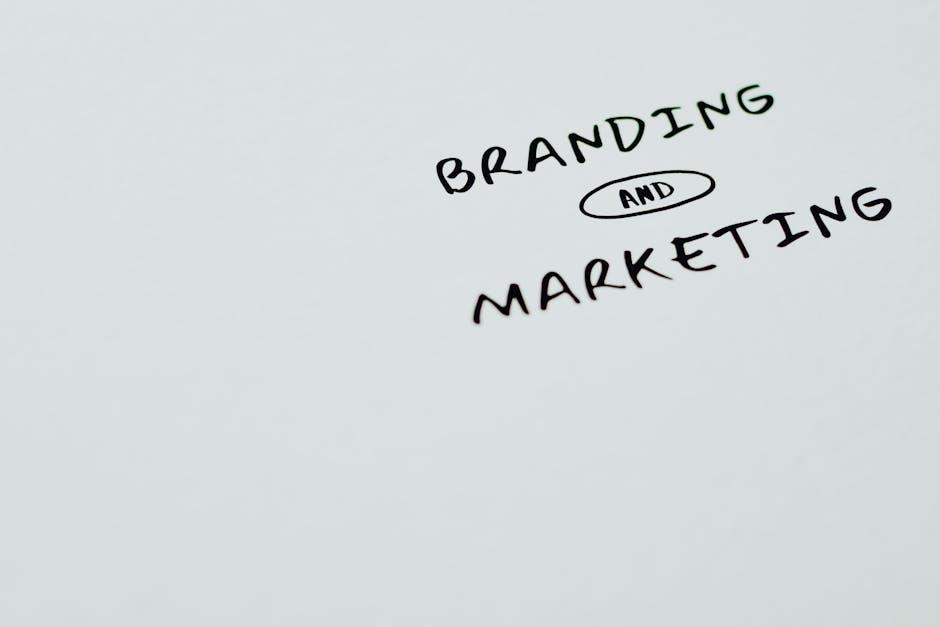
Minimalist Layout Strategies Achieving Balance and Harmony in Design
Minimalist layout Strategies: Achieving Balance and Harmony in Design
Embracing minimalism in design begins with a strategic approach to layout that fosters balance and harmony. By prioritizing essential elements and eliminating clutter, designers can create spaces that breathe and communicate effectively. One fundamental strategy is the generous use of negative space, which not only enhances visual appeal but also guides the viewer’s focus to key components. This deliberate spacing prevents overwhelm, allowing each element to shine in its intended role.
Another crucial aspect is the adoption of a limited color palette. Restricting the number of colors used ensures a cohesive look, making the design appear more unified and intentional. Complementing this is the careful selection of typography; choosing clean, simple fonts can enhance readability and maintain the minimalist aesthetic. Consistency in font sizes and styles further contributes to the overall harmony of the design.
To illustrate these strategies, consider the following table:
| Strategy | Purpose | Example |
|——————–|———————————————-|———————————|
| Negative space | Enhances focus and clarity | Ample margins around text blocks|
| Limited Color Palette | Creates unity and reduces visual noise | Monochromatic schemes with accent colors |
| Focused Typography | improves readability and aesthetic appeal | Sans-serif fonts with consistent sizing |
| Grid Alignment | Ensures orderly arrangement of elements | Modular grids for layout consistency |
Implementing these minimalist layout strategies not only elevates the aesthetic quality of a design but also ensures that every component serves a meaningful purpose. Achieving balance and harmony through simplicity paves the way for impactful and enduring designs.
Closing Remarks
As we journeyed through the elegant landscape of minimalist design, it becomes clear that simplicity is not merely an aesthetic choice but a powerful tool for enhancing functionality and user experience. By stripping away the superfluous, we uncover the essence of what truly matters, allowing each element to communicate with purpose and clarity. Embracing minimalist mastery invites designers to rethink, refine, and rediscover the beauty inherent in restraint. As you apply these principles to your own creations,may you find that in the quiet spaces of simplicity,the most impactful designs truly come to life.











